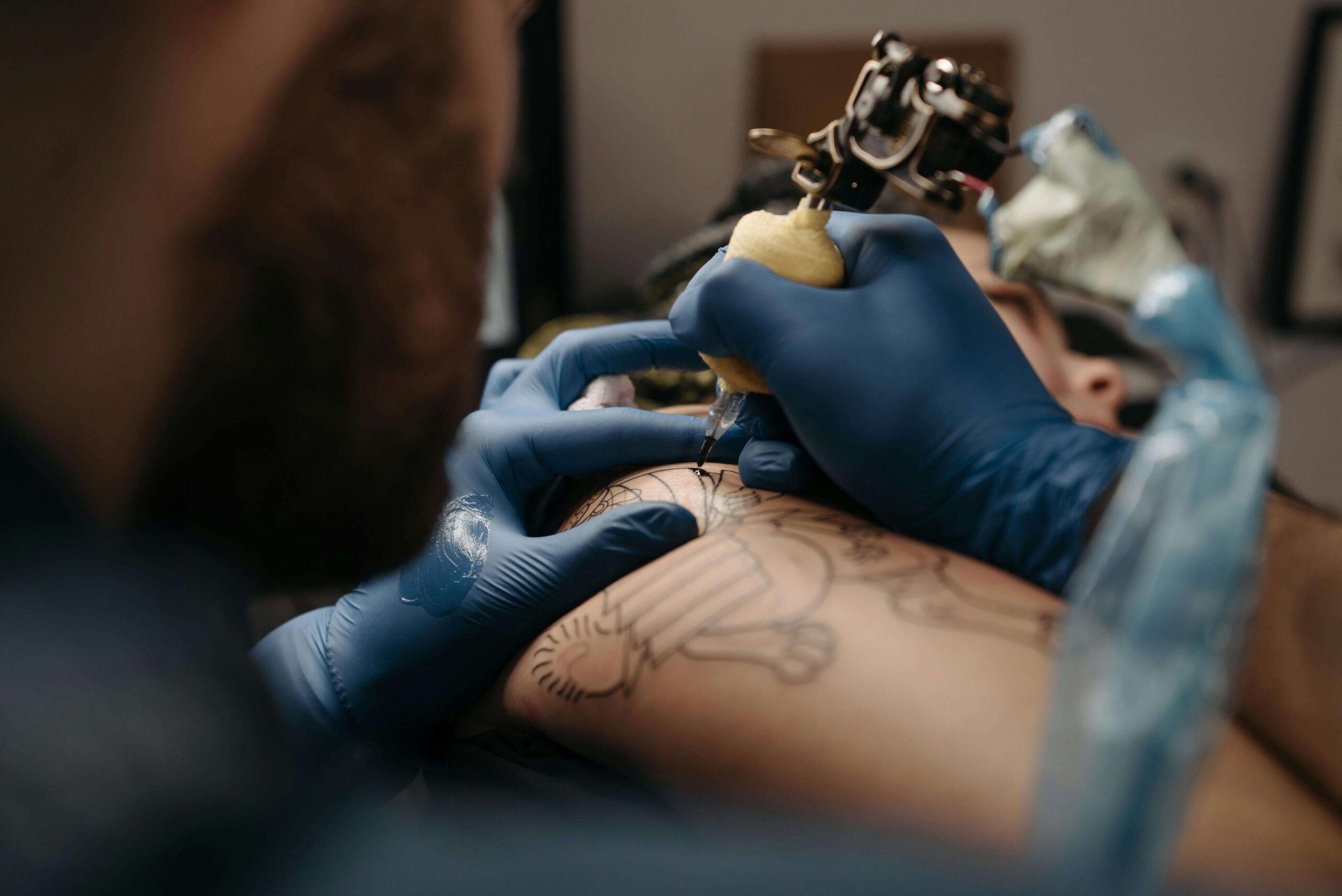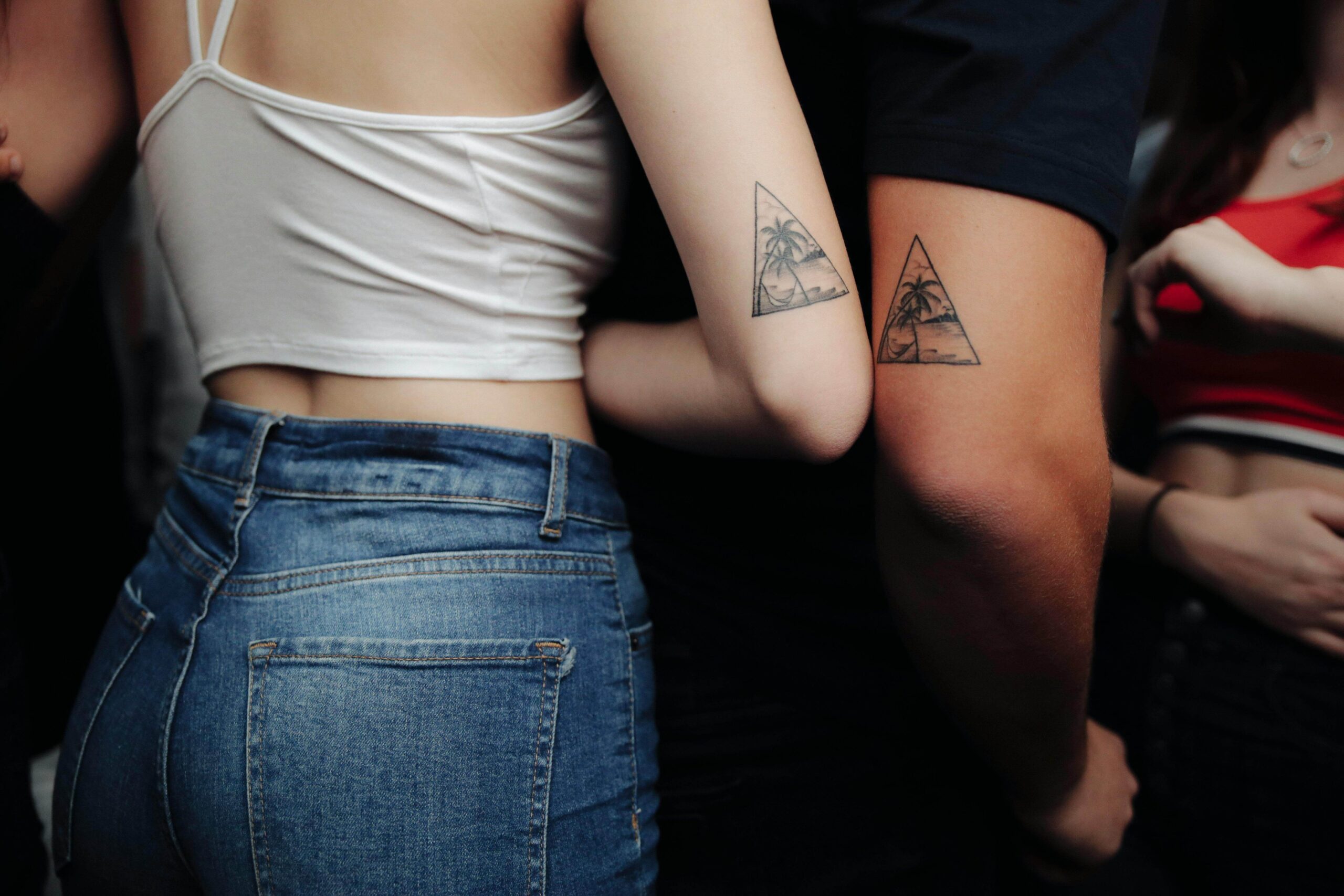For tattoo artists, mastering the art of cover-ups is not only a valuable skill but also an opportunity to showcase creativity and problem-solving prowess. In this comprehensive guide, we’ll delve into the intricacies of cover-up tattoos, offering insights, techniques, and tips to help tattoo artists elevate their craft. Understanding the Challenge: Cover-up tattoos present a unique set of challenges, often requiring artists to navigate existing ink, incorporate strategic design elements, and achieve seamless blending and coverage. Before diving into the process, it’s essential to assess the client’s existing tattoo carefully, considering factors such as size, color, placement, and saturation. Additionally, understanding the client’s preferences and desired outcome is crucial for crafting a successful cover-up design.
Choosing the Right Approach: When approaching a cover-up tattoo, artists have several options to consider, each with its own advantages and limitations. These approaches include:
Full Coverage: Completely obscuring the existing tattoo with a new design that effectively conceals it. This approach is suitable for heavily saturated or large tattoos that may be challenging to work around.
Incorporation: Integrating elements of the existing tattoo into the new design, such as incorporating outlines or using parts of the old design as background elements. This approach requires careful planning to ensure cohesion between the old and new elements.
Enhancement: Enhancing or modifying the existing tattoo to improve its appearance while minimizing its visibility. This approach is ideal for tattoos with minor flaws or inconsistencies that can be corrected or embellished.
Design Considerations: Crafting an effective cover-up design requires careful consideration of various factors, including:
Color Choice: Selecting colors that effectively neutralize or complement the existing tattoo is essential for achieving optimal coverage and blending.
Placement and Composition: Strategically positioning the new design to maximize coverage while maintaining balance and visual appeal.
Texture and Detail: Incorporating texture and detail to disguise the old tattoo’s outlines and create depth and dimension in the new design.
Customization: Tailoring the design to suit the client’s preferences, style, and personality, ensuring a personalized and meaningful result.
Technical Tips and Techniques: Executing a successful cover-up tattoo requires a combination of technical skill, creativity, and patience. Here are some essential tips and techniques to keep in mind:
Preparation: Thoroughly cleanse and prep the skin before beginning the cover-up process to ensure optimal ink absorption and adherence.
Layering: Utilize layering techniques to gradually build up coverage and blend colors seamlessly, achieving a natural and cohesive result.
Needle Selection: Choose appropriate needle configurations and sizes based on the desired effect and the intricacy of the design.
Gradual Saturation: Gradually saturate the skin with ink, allowing each layer to dry before applying additional color to prevent oversaturation and maintain clarity.
Fine Detailing: Pay attention to fine detailing and shading to camouflage the old tattoo’s outlines and create a unified and polished appearance.
Communication and Collaboration: Effective communication with the client is paramount throughout the cover-up process. Listen attentively to their concerns, preferences, and feedback, and collaborate closely to ensure their satisfaction with the final result. Provide guidance and insight based on your expertise, but also remain open to their input and ideas, fostering a collaborative and transparent relationship. Mastering the art of cover-up tattoos requires a combination of technical skill, artistic vision, and creative problem-solving. By understanding the challenges involved, choosing the right approach, and executing with precision and care, tattoo artists can transform old tattoos into stunning works of art that reflect their clients’ individuality and style. Embrace the challenge, unleash your creativity, and elevate your craft with each cover-up tattoo you undertake.




